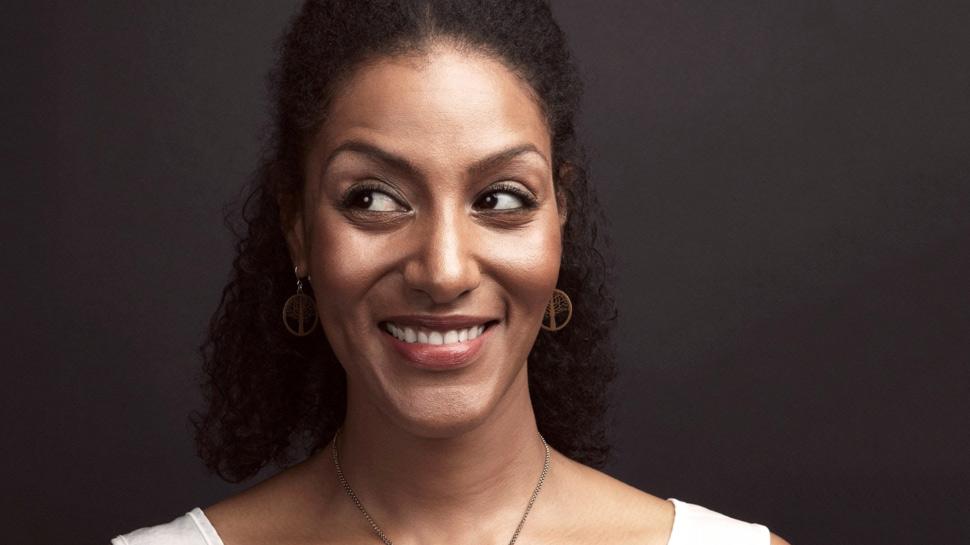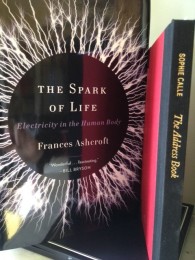Big Bird has had a big presence in the collective conversation lately, thanks to mentions in the first two presidential debates. The outpouring of support for the giant yellow puppet that followed the first debate is a testament to his and Sesame Street's continued relevance in people's lives. Sesame Street, in fact, is a great case study of a brand that has managed to remain powerful over decades and across cultures. In the 1980s, I was part of the team that sold Sesame Street around the world — either licensed and broadcast in English or in locally adapted indigenous-language co-productions. Long before "think global, act local" was the conventional wisdom for how corporations should operate in
the international interconnected marketplace, we at Children's Television Workshop (CTW), as it was known then, pioneered the development of a flexible global brand. Our approach to programming was to maintain the values, look and feel of the parent company and its main product, Sesame Street — carefully crafted live-action and animation and puppetry segments, woven together with a curriculum designed by educators, writers, producers and artists to help pre-school kids learn basic cognitive skills, to appreciate cultural diversity, and to achieve broader goals, like learning how to handle conflict. At the same time, we wanted to enable our co-producing partners to work with local educators, writers, and producers to craft the specific early childhood educational goals unique to their own countries. For example, in those early co-productions, the North American urban street of the original series was replaced by a plaza in Latin America, a strassa in Germany, or a rue in France. And those international stageset streets were populated by original puppet characters — parrots, hedgehogs, bears, and camels characteristic of the region and created by local producers.
Today — 44 years into Sesame Street's run — the program airs in 146 countries, with 23 co-productions in places as politically and culturally complex as South Africa and Afghanistan. I was curious to see how Sesame Workshop had continued to grow its operations over the years while remaining true to its mission to improve the lives of kids. I called Shari Rosenfeld, Vice President in Sesame Workshop's Global Education department. As a case study, she pointed to a venture launched in India in 2006 — Galli Galli Sim Sim — to identify a few of the key drivers for how they've remained a relevant, dynamic global brand:
Identifying The Country-Specific Critical Needs First "According to the McKinsey Global Institute's "bird of gold" index, India is entering a period of sustained, but unequal, economic growth with 161.1 million (or 67% of its population) gaining access to mass media. That leaves 33% of the country with limited access to mass media and educational opportunities. And while school enrollment is at an all-time high, UNICEF has reported that the educational system is "inadequately developed." "The scale of this underserved market, coupled with Sesame Workshop's 40 years of expertise in partnering with local educational and programming experts, created an important opportunity," said, Rosenfeld, "for us to meet critical needs on an unprecedented scale, while at the same time building toward a future that would allow our work in India to be financially sustainable."
Being Willing To Try New Operating Models According to Rosenfeld, "unlike most of the other markets in which we co-produce, Sesame Streethad never been broadcast in India. The fact that our audience had zero prior exposure to the brand created both a challenge and an opportunity. The challenge was that we couldn't trade on our global brand equity and iconic characters; at the same time, the lack of familiarity with the brand gave us greater latitude in creating a local interpretation of the Sesame experiences. That, combined with the enormous potential for large-scale impact, was a key driver in thinking through a new operational model in India. As always, we built a strong coalition of partners including broadcasters, educators, production companies, foundations, and corporations, but rather than manage the operation from New York, we decided to embark on a new path that would evolve our approach from 'project management' to 'social entrepreneurship,' by building a new 30-person organization from the ground up."
Embracing New And Multiple Means Of Distribution The limited access to broadcast technology (among the targeted 33% underserved target population) has spurred the Galli Galli Sim Sim team to learn from the market, improving and evolving content to maximize distribution. Rosenfeld says they've piloted the delivery of content through mobile phones, including teacher-training videos which are on pre-loaded sim cards. SWI has created community radio with call in from parents and educators, and "Radiophone," which delivers radio episodes via mobile phones. Outreach materials in 9 local languages on topics as diverse as health, nutrition, financial literacy and school readiness have been distributed to millions of children throughout India. And more than 200 television episodes have been broadcast on India's national broadcaster, Doordarshan, and on Pogo and Cartoon Channel, India's destination channels for young kids.
Propagating Lessons Learned Internally The Sesame Workshop India (SWI) enterprise has created a hub for the exchange of ideas and expertise for the region. Rosenfeld describes how members of the Afghanistan and Indonesian teams have attended content and production workshops conducted by the Galli Galli Sim Sim team in conjunction with select personnel from Sesame in New York. "Sesame Workshop India's outreach team has worked on location in Nigeria and Indonesia, supporting local efforts to develop outreach initiatives and explore new business models; having our partners recognize the value of each other's expertise and share their original content keeps all of us more nimble and engaged," she says. The benefit of this shared learning is invaluable across all of their efforts — encouraging a kind of permeable membrane of growth and innovation throughout the entire organization — domestic and international.
Taking The Long View "With SWI, Rosenfeld adds, "Sesame Workshop has extended the horizon line for success by creating long-term development plans that are building toward a base of diversified revenue sources, forging mass distribution through government-run preschools and cultivating a culture of innovation that pilots new content that reaches children across socio-economic and the urban/rural divide. The entrepreneurial spirit that characterizes SWI is born from the latitude to develop new enterprises, like launching a pre-school [classroom] business through a new franchise model, that will not only deliver on core educational objectives, but will also serve as a critical revenue stream necessary to cross-subsidize other work."
* * *
The creators and distributors of Sesame Street were successfully pursuing an aggressive global strategy 30 years ago, before "globalization" was a common concept or phrase in America. It has done so by being clear and steadfast about its essential brand values while also seeking to understand deeply and flexibly adapt to local conditions and norms. It is an important model for 21st century companies as they seek to be relevant in an international marketplace, where being a successful American brand is not in and of itself a guarantee of global success.





